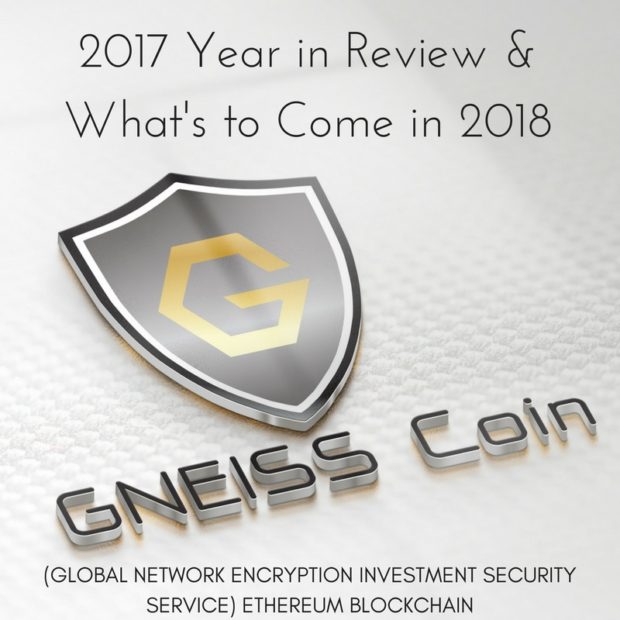
The accounting industry is being disrupted by a range of technologies including machine learning, Artificial Intelligence, and the blockchain. The sources below highlight trends across marketing, human resources, and cybersecurity with implications across the accounting and financial services industry.
Major changes are coming to the workplace as technological disruptions alter where work is done, the speed of workflow, and the role of the employee within the mission of the firm. These new trends are shaping the core principles of work across all industries including how workplace meetings are run, how financial transactions are handled, and change the necessary skills sets a competitive workforce has. From webinars to speakers at industry conferences blockchain technology is a disruptive technology which continually is discussed.
The chart below, from Robert Half, highlights survey results from over 2,000 financial leaders on blockchain technology and how it will shape the financial services industry.

The results from this survey show how finance leaders have a range of thoughts on how cryptocurrencies and the blockchain will affect the overall industry. Only 13% of those surveyed believe that cryptocurrencies will not be common while 50% believed that cryptocurrencies will either be Somewhat Common or Very Common. Since most of these finance leaders believe that cryptocurrencies will have some impact on their business they are planning for a future where cryptocurrencies shape strategic decisions across the firm. Some ways that companies are addressing the growth of cryptocurrencies include training staff on cryptocurrencies, increase investment in specialized accounting including forensics accounting, and increased cross-departmental collaborations. These changes can be met through focusing on internal growth and development while also seeking outside partners to increase marketing, business development, and employees training.
The accounting industry is at an exciting place. The last decade has seen some of the most drastic changes improving the efficiency of the industry. Some technological advances include the growth of blockchain technology and machine learning. Industry leaders are making investments in training their workforce, increasing their marketing presence through digital campaigns and brand journalism. Through partnering with marketing firms and investing internally on training and retaining top talent, accounting firms can position their brand favorably in the industry while growing their service offerings.

